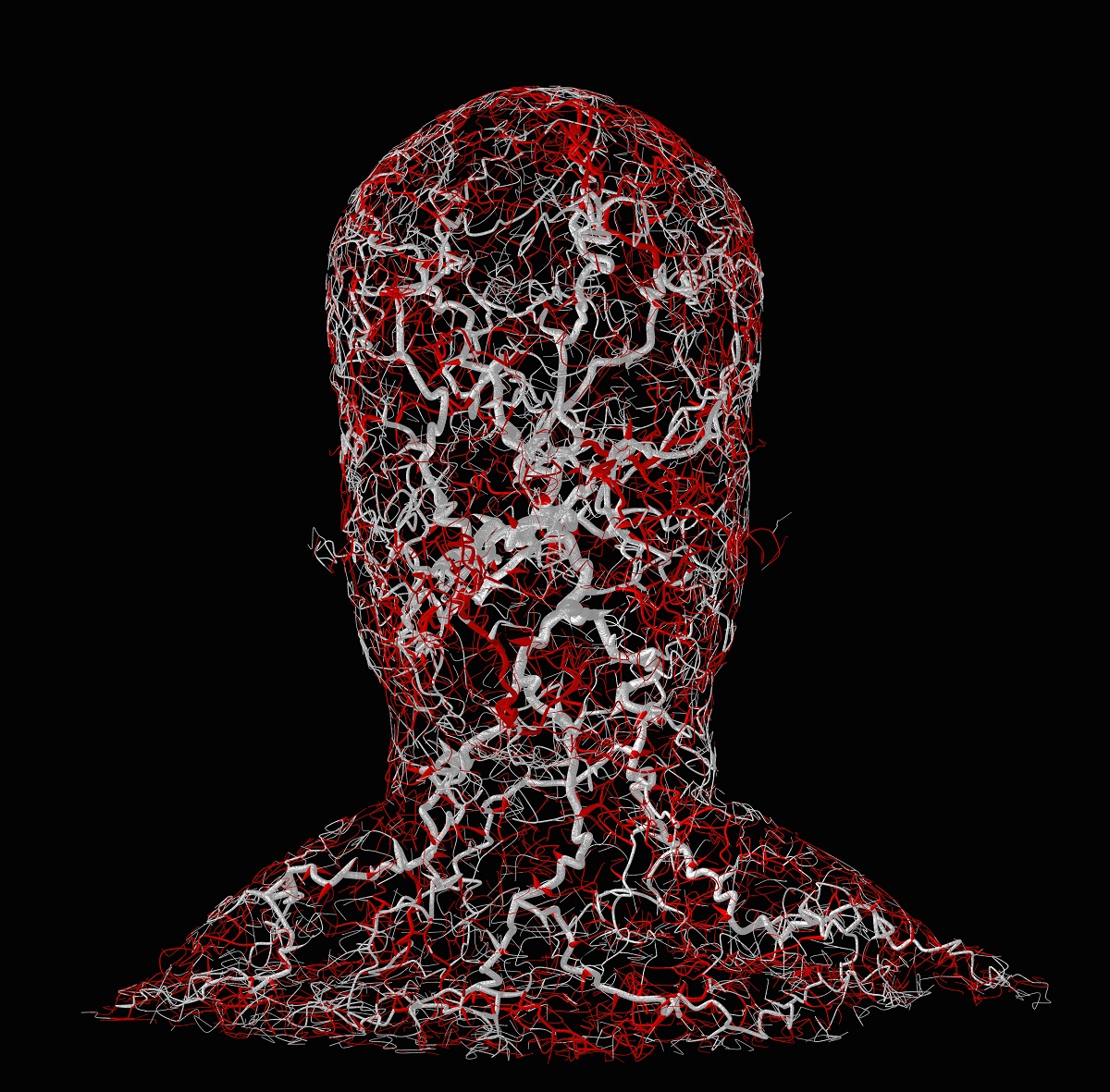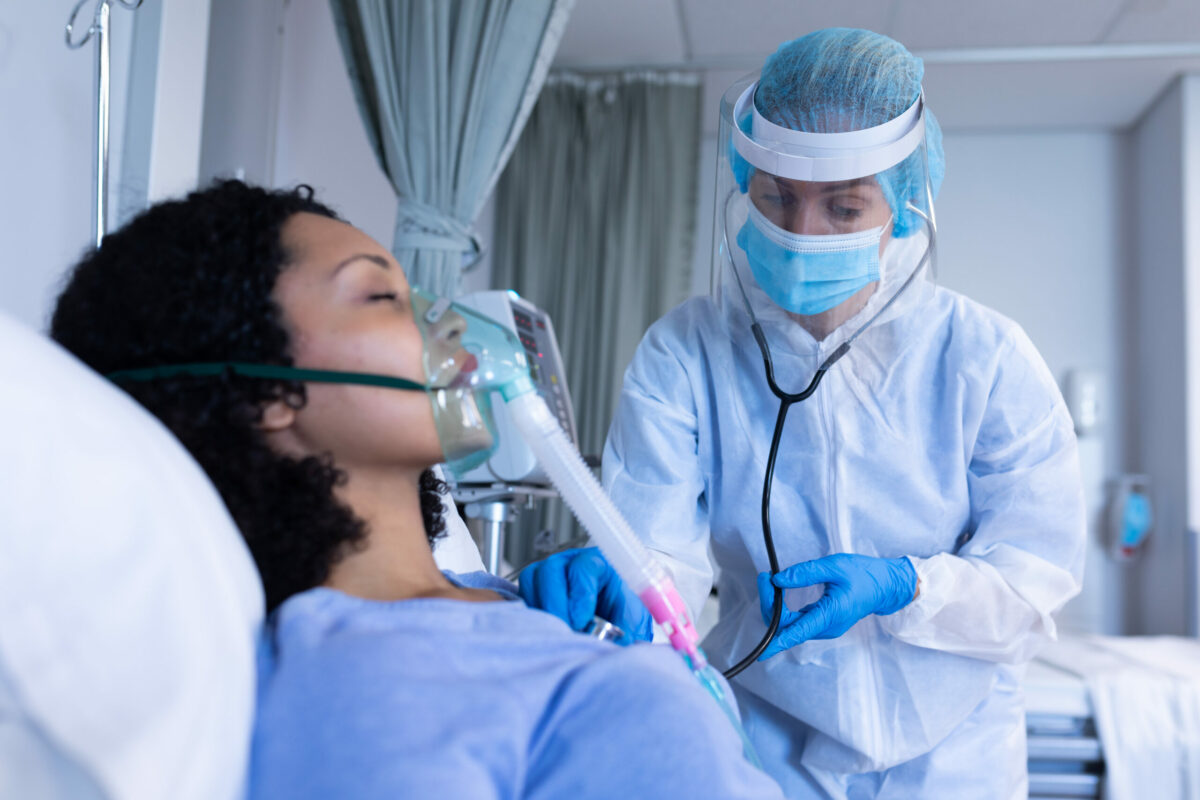An irregular connection between a vein and an artery is called an arteriovenous (AV) fistula. In normal circumstances, the blood flows from arteries to capillaries (small blood vessels) and after that to the veins. Therefore, the nutrients and oxygen in the blood go from capillaries to the body’s organs and tissues.
Commonly, arteriovenous fistulas occur in the legs but can appear anywhere in the body as well. Sometimes, an arteriovenous fistula is created surgically to be used in dialysis in people with severe kidney disease.
The symptoms of arteriovenous fistulas are different among people. However, if this condition is left untreated it may lead to life-threatening complications. Healthcare professionals usually recommend the following treatments for people with an arteriovenous fistula. These include monitoring, compression, catheter-based procedures, and surgery (less commonly).
Symptoms
Sometimes, people have small arteriovenous fistulas that do not cause symptoms. These small AV fistulas often do not require treatment and appear in the arms, legs, lungs, kidneys, or brain. When a large arteriovenous fistula occurs, it may cause symptoms. Check below some examples:
- Swelling in the legs or arms
- Hypotension (low blood pressure)
- Fatigue (extreme tiredness)
- Heart failure
- Bulging and purplish veins that can be seen through the skin (very similar to varicose veins)
If a large arteriovenous fistula occurs in the lungs it causes a serious health condition called pulmonary arteriovenous fistula and may cause the following symptoms. Examples include:
- Blue or pale gray lips or fingernails caused by a lack of blood flow (cyanosis)
- Coughing up blood
- Clubbing (it occurs when fingertips become rounder than normal due to spread out)
In addition, if an arteriovenous fistula appears in the digestive tract it may lead to gastrointestinal (GI) bleeding.
If you have any of the previous symptoms, immediately visit a doctor. Early diagnosis and treatment increase the chances of recovery and reduce the risk of complications (such as heart failure or blood clots).
Causes
Some people may experience an arteriovenous fistula at birth (congenital) or may happen later in life (acquired). Check below some arteriovenous fistula causes:
- Skin injuries – A gunshot or stab wound that happens in the body parts where a vein and artery are side by side may cause an arteriovenous fistula.
- Congenital arteriovenous fistulas – Sometimes, arteries and veins do not develop properly in newborns, which leads to an arteriovenous fistula. Experts do not fully understand why it happens.
- Genetic conditions – In most cases, pulmonary arteriovenous fistulas are caused by a genetic condition in which irregular blood vessels throughout the body occur. One of the conditions is Osler-Weber-Rendu disease (also called hereditary hemorrhagic telangiectasia).
- Dialysis-related surgery – This surgery is performed often in people with severe kidney disease. During this procedure, surgeons will make an arteriovenous fistula because it makes it easier to perform dialysis.
Risk Factors
While genetic or congenital health conditions increase the risk of an arteriovenous fistula. Check some examples below:
- Older people
- Women are more likely to develop this condition than men
- Cardiac catheterization
- Some medicines such as blood thinners (anticoagulants) and antifibrinolytics (medicines used to control bleeding)
- Hypertension
- Obesity (those who have an increased body mass index are more prone to get this condition)
What Are The Potential Complications of Arteriovenous Fistula?
Those who ignore the symptoms and do not get treatment may experience certain complications (sometimes life-threatening). For example:
- Heart failure – This is the most serious complication of this condition. It occurs because the blood flows faster through an arteriovenous fistula compared to typical blood vessels. As a result, it causes the heart to pump harder, and over time it may lead to heart failure due to the strain on the heart muscle.
- Blood clots – In most cases, blood clots occur in the leg and may lead to deep vein thrombosis (DVT). Sometimes, blood clots may cause a stroke depending on where arteriovenous fistulas occur.
- Claudication – This complication usually occurs when an arteriovenous fistula blocks blood flow to the muscles, which causes leg pain.
- Internal bleeding – This condition may lead to bleeding in the intestines or stomach.
Diagnosis
Healthcare professionals commonly diagnose an arteriovenous fistula by using a stethoscope to listen to the blood flow in the legs and arms. If you have an arteriovenous fistula the blood flow makes a sound such as humming. However, sometimes, listening to the blood flow is not enough and doctors may perform additional tests to confirm the condition. These include:
- Duplex ultrasound – This is the most effective test used to detect an arteriovenous fistula. It uses sound waves to check the speed of blood flow.
- CT (computerized tomography) angiogram – This is a specific test used to see how blood is flowing through capillaries.
- MRA (magnetic resonance angiography) – This test is usually performed by doctors when an arteriovenous fistula forms deep under the skin.
Treatment
Close monitoring by a doctor is usually the only treatment needed if an arteriovenous fistula is small and does not cause other health concerns. In some cases, small arteriovenous fistulas can close on their own without treatment. Check below some treatment options recommended by doctors when arteriovenous fistulas need treatment:
- Ultrasound-guided compression – This treatment option is usually used in people with an arteriovenous fistula in the leg that is seen on ultrasound. It involves compression that destroys blood flow to the damaged blood vessels.
- Catheter embolization – During this procedure, doctors use a small and flexible tube (catheter) that is inserted into an artery near the arteriovenous fistula. After that, a small stent or coil is placed at the fistula site to change the route of blood flow. Commonly, this treatment option requires hospitalization. Daily activities can be resumed usually within 7 days.
- Surgery – Unfortunately, large arteriovenous fistulas cannot be treated with catheter embolization and require surgery. The type of surgery your doctor will recommend depends on the location and size of the arteriovenous fistula.
Frequently Asked Questions
What is the most common cause of an arteriovenous fistula?
Usually, people experience this condition due to trauma of the body tissue including a stabbing wound or gunshot injury. Sometimes, doctors may create an arteriovenous fistula in people with end-stage kidney disease to make it easier to perform dialysis.
What happens if an arteriovenous fistula is left untreated?
The following complications may occur in people with arteriovenous fistulas, especially without treatment. For example:
- Blood clots
- Stroke
- Leg pain
- Internal bleeding
- Heart failure
Discuss with your healthcare professional about ways to prevent arteriovenous fistula complications.
What are the main symptoms of arteriovenous fistulas?
These include:
- Lightheadedness
- Fainting
- Fatigue (extreme tiredness)
- Low blood pressure (hypotension)
- Bulging veins
- Swelling that usually occurs in the legs or arms
If you experience any of the symptoms listed above, immediately contact your physician. Ask your physician if you have additional questions.




